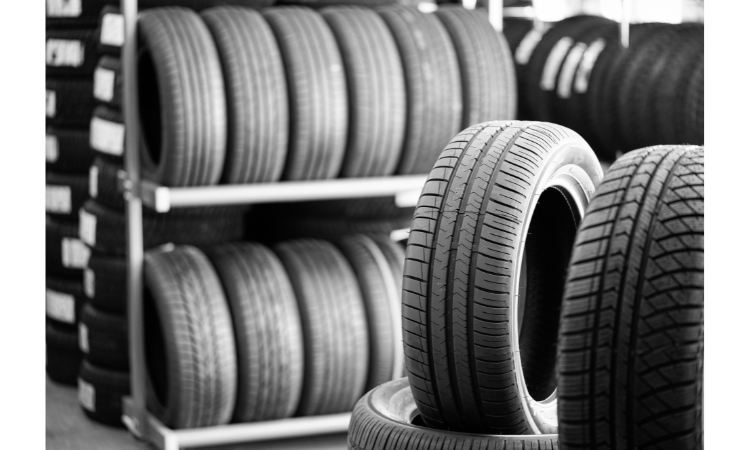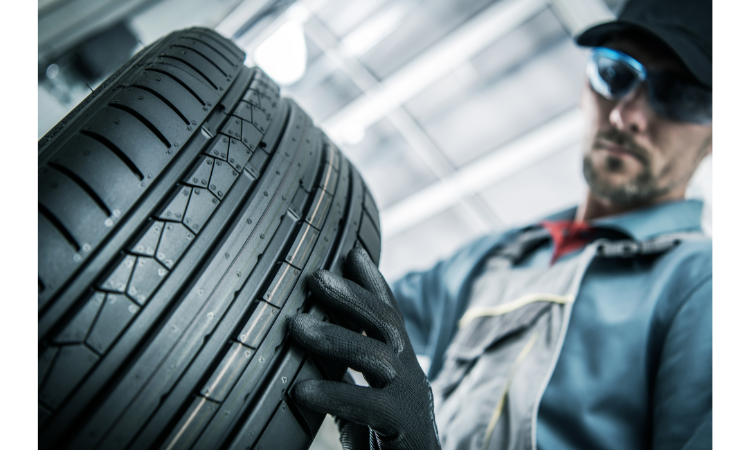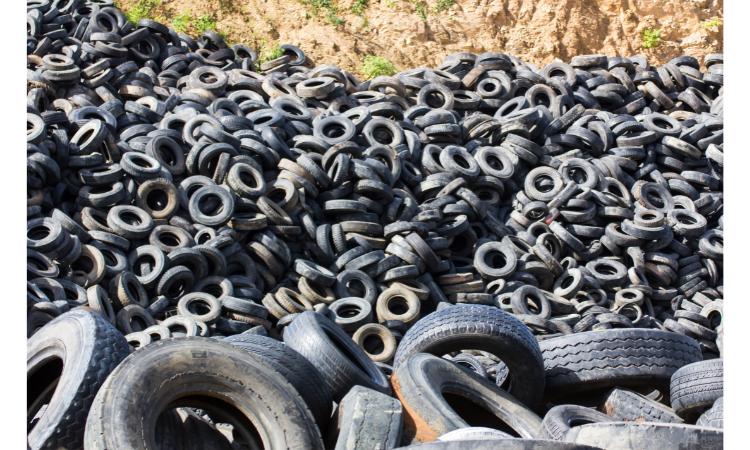Car tires are a crucial component of every vehicle, providing safety, comfort, and performance on the road. With how car tire is produced being a question on many minds, this article will delve into the fascinating world of car tire production. From the materials used to the step-by-step process, we will explore the intricacies of how a car tire is made.
Why Are Car Tires So Important?

Car tires play a vital role in vehicle performance and safety. Not only do they support the weight of the vehicle, but they also ensure a smooth and comfortable ride. Tires are designed to provide traction and grip on various surfaces, making it possible to control the vehicle effectively. The importance of car tires cannot be overstated, as how often car tires should be replaced and how car tire pressure sensors work are essential aspects of vehicle maintenance.
The Components of a Car Tire

A modern car tire consists of various components, each with its specific function. Some of the main components include:
- Tread: The outer layer of the tire that comes in direct contact with the road, providing traction and grip.
- Sidewall: The part of the tire that connects the tread to the bead, offering support and protecting the inner components.
- Bead: The inner edge of the tire that attaches to the wheel rim, ensuring a secure fit.
- Carcass: The inner structure of the tire, usually made of steel belts and fabric, providing strength and flexibility.
Raw Materials Used in Car Tire Production
What are tires actually made from? The main raw materials used in car tire production include:
- Rubber: Natural and synthetic rubber, such as styrene-butadiene rubber (SBR), are the primary materials used in tire production. Rubber provides flexibility, strength, and durability.
- Reinforcing materials: Steel and fabric materials, like polyester and nylon, are used to reinforce the tire carcass, providing strength and rigidity.
- Chemicals: Various chemicals, including carbon black, antioxidants, and vulcanizing agents, are added to enhance the tire’s properties and extend its lifespan.
- How Are Tires Made Step by Step?
The production process of a car tire can be broken down into the following steps:
- Mixing: Raw materials, such as rubber, chemicals, and reinforcing materials, are mixed to create a homogeneous compound.
- Calendering: The rubber compound is rolled into sheets and combined with fabric or steel to create the tire’s various layers.
- Assembly: The layers are then assembled on a drum, forming the tire’s carcass, tread, sidewall, and bead.
- Vulcanization: The tire is placed in a mold, and heat is applied to trigger a chemical reaction, known as vulcanization, that hardens and strengthens the rubber.
- Inspection : After the vulcanization process, each tire undergoes a thorough inspection to ensure it meets quality and safety standards. This includes visual checks, x-rays, and testing for balance and uniformity.
Car Tire Quality and Maintenance

To ensure optimal performance and safety, it’s essential to choose high-quality tires and maintain them properly. Here are some key factors to consider:
- Tire pressure: Regularly check your tire pressure to ensure it’s within the recommended range, as specified in your vehicle’s owner’s manual. Incorrect tire pressure can lead to reduced fuel efficiency, uneven wear, and even tire failure.
- Tire rotation: Rotating your tires every 5,000 to 8,000 miles helps ensure even wear and prolongs their lifespan.
- Alignment: If you notice uneven tire wear or your vehicle pulling to one side, it may be time for an alignment check. Proper alignment ensures optimal handling and prevents premature tire wear.
- Tread depth: Monitor your tire tread depth to determine when it’s time for a replacement. Most experts recommend replacing tires when the tread depth reaches 2/32 of an inch.
Car Tire Recycling

Can car tires be recycled? The answer is yes! Car tires can be recycled and repurposed into various products, such as rubber mulch for landscaping, playground surfaces, and even new tires. Recycling tires help reduce waste and conserve valuable resources. Many tire manufacturers and local governments offer tire recycling programs, making it easy for consumers to dispose of their used tires responsibly.
The Future of Car Tires
With continuous advancements in technology and materials, the future of car tires looks promising. Some potential developments include:
- Eco-friendly tires: Manufacturers are increasingly focusing on developing more environmentally friendly tires by using sustainable materials and reducing energy consumption during production.
- Airless tires: Airless or “non-pneumatic” tires, which don’t require air pressure, are being researched as a potential replacement for conventional tires. They could eliminate the need for tire pressure maintenance and reduce the risk of punctures.
- Intelligent tires: Smart tires equipped with sensors can monitor their condition in real-time, providing valuable information on wear, temperature, and pressure to both drivers and vehicle systems.
In conclusion, understanding how car tire is produced and the intricacies of their production process can help us appreciate the importance of tire quality and maintenance. By choosing high-quality tires and properly maintaining them, we can ensure a safer and more comfortable driving experience while minimizing our environmental impact.
